Christian Bau set up Schloss Berg (now renamed Victor’s Fine Dining) in Perl-Nennig in 1998, following a five-year stint at the legendary Schwarzwaldstube in the Black Forest. He earned three Michelin stars for Schloss Berg in 2005 when he was just 34 years old, and which have been retained ever since. Mr Bau is sufficiently confident of doing so that he has three stars tattooed on his arm. If you plan a visit (and you should) then you fly to Luxembourg airport, which is 23km (14 miles) away. There are rooms at the Victor’s Residenz hotel next door to the restaurant.
The menu is a lengthy tasting menu format, with no a la carte, though substitutions for dietary restrictions are readily provided. Although trained in classical French cooking, ever since a trip to Asia in 2007 Christian Bau has been fascinated by Japanese cuisine, and so his cooking has taken on influence, and even ingredients, from Japan. You can choose between a more traditional menu at €175 (£159) or the “Paris to Tokyo” menu at €265 (£241).
The wine list ranged from €40 to €4,500 in price, with a median price of €125 and an average markup to retail price of almost exactly 2, which is very modest, especially by the standards of three star Michelin restaurants. It was nice to see that fully 55% of the list was German wines, compared to 38% French. There were 36 different wines from Joh Jos Prum alone. The list featured labels such as Markus Molitor Zeltinger Sonnenuhr Kabinett 2013 at €55 for a bottle that you can find in the high street for €22, Joh Jos Prum Wehlener Sonnenuhr Spatlese 2010 at €95 compared to its retail price of €58, and Mas de Daumas Gassac Daumas Gassac Saint-Guilhem-le-Desert 2007 at €110 for a wine that will set you back €60 in a shop. For those with the means, there were grander offerings such as Joh Jos Prum Wehlener Sonnenuhr Auslese Gold Kapsel 1994 at €590 compared to its retail price of €978, and Domaine De La Romanée-Conti Vosnee Romanee Echezaux 2012 at €1,100 for a wine whose current market value is €2,166.
The meal began with a series of canapes. A carrot juice shot accompanied a “ragu” of yoghurt and Madras curry, which had lovely spice balance and texture. A Japanese waffle was topped with sardines from Portugal and seaweed cream, the waffle delicate and the natural oiliness of the top-notch sardines nicely matched with the cream. Green apple, foie gras and smoked eel was a glorious combination of flavours, the acidity of the apple cutting through the richness of the liver. Nori tartlet was filled with top quality otoro, the fatty belly tuna, and flavoured with kimizu, an egg and vinegar dressing. Best of all was a cornet of beef tartare with smoked fish cream and caviar, a dizzying flavour combination that was a real delight (19/20 on average for the nibbles).
This was followed by Japanese snow crab that had been alive until just before service, caught off the deep and cold waters of the Sea of Japan. The white meat was the crab had silky texture and superb, pure flavour. This came with goose liver pearls and silky foie gras ice cream, green almonds and a slice of toasted brioche. The foie gras was deeply flavoured and worked really well with the slightly sweet crab, the quality of both these elements being really impressive (20/20).
Crusted white bread was made from scratch in the kitchen along with sunflower bread and some particularly impressive French butter. This arrived just before the next dish, langoustine that had been pickled with miso and tomato along with tomato sorbet and watermelon. This was a fabulous dish, beautiful to look at and with the natural sweetness of the shellfish working really well with the miso, the tomato sorbet having deep flavour and lovely texture (20/20).
Also impressive was ceviche of dorade (gilt head bream), which was remarkably tender, along with goose barnacles, razor clams, further clams, red shiso pearls and a sea urchin sauce. Clams, even in Japan, can be rather chewy, but not these. I was really impressed by the lovely texture of both the clams and the bream, while the sea urchin sauce nicely lifted their flavour. A stunning dish (20/20).
This was followed by another raw fish dish, kampachi imported from from Tokyo . This fish in the west is known as almaco jack, and was served with oyster, green apple, plankton pearls and Kaluga caviar from the top notch Chinese supplier N25. The sturgeon for this particular caviar was 21 years old, unusually mature for farmed caviar these days. The fish was gorgeous and the acidity of the green apple was just what was needed to achieve balance between the fish and the brininess of the caviar (19/20).
Tuna from Spain was served in two stages. First was the lean akami with the semi-fatty chutoro, which was served with leek vinaigrette with avocado, soy mushrooms and pickled miyoga (Japanese ginger). This was followed by the richer otoro belly tuna with black truffle strips, sesame, yuzu and quail egg yolk. Both these treatments were attractive and had lovely balance, the yuzu’s acidity an excellent foil for the richness of the otoro, and the contrast with the earthy scent of truffle working really well (20/20).
Purple artichokes were served with walnuts, pomelo, Australian winter truffle, Parmesan and delicate grissini. This was an unusual and lovely dish, the delicate citrus flavour of the pomelo pairing well with the artichokes, and the walnuts and grissini providing a textural contrast (19/20).
Blue lobster was served with passion fruit, pickled carrot and a sushi roll of lobster as well as a rich crustacean jus. The lobster was beautifully tender and it worked particularly well with the carrots, whose touch of vinegar from the pickling process balanced the natural sweetness of the shellfish. This was another example of the care that the kitchen here goes to find precise flavour balance between the dish elements. All the separate parts of each dish that appear here are there for a reason (20/20).
This was followed by sole with spinach and mushrooms marinated with soy and a vin juane sauce. The latter uses a wine from the Jura in France made from the local savagnin grape, and has a slight dry sherry-like characteristic due to allowing some oxidation to occur when in the barrel. The fish was precisely cooked and the sauce was lovely, the hint of soy working really well with the sole (19/20).
The final fish dish was the wonderfully named “splendid alfonsino”, a deep-water red fish whose flesh has an appealing, mild flavour with a touch of umami. I have eaten it in Japan but only once before in Europe. This came with razor clam salad, broccoli, palm hearts and a sauce made of yuzu paste and and fermented green peppers. The splendid alfonsino’s flavour lived up to its name, the cooking precise and the touch of sharpness from the yuzu and fermented peppers an excellent foil for the richness of the fish (19/20).
The final savoury course featured wagyu, in this case A5 grade. This is the most marbled and highest quality grade, with just 1% of Japanese beef classified as A5. This beef was from Kagoshima on Kyushu island in the west of Japan, and can be pricier than the better-known Kobe beef. The beef is extremely fatty and so almost buttery when cooked, but still with enough beef flavour coming through to be distinctive. This was served with ratatouille, espuma of aubergine, blanched courgette, blanched onion, black fermented pepper and tsuyu sauce (made from bonito flakes, soy and kombu) with anchovies and mushroom. The accompaniments worked very well, as the very rich meat was crying out for green vegetables, while the fermented sauce helped to balance the richness of the beef. A5 beef can be a tricky product in some ways, as it is so rich that it can veer into tasting too much like butter rather than beef, but here the accompaniments brought much needed balance, while the meat itself is right at the pinnacle of Japanese beef quality (20/20).
Pre-dessert was a refreshing take on mojito, the Caribbean cocktail made with white rum, lime, mint, sugar and soda water. The version here had a lime sorbet with peppermint, mojito espuma, white sugar and white rum, along with a citrus element provided by grapefruit and lime. This was a pretty and refreshing dish, again with very precise between the sweetness and the citrus (20/20). This was followed by Araguani Venezualan chocolate from Valrhona, a quite fruity chocolate, here with a pair of sorbets, one of pink guava and the other of coconut and yuzu. The chocolate had silky texture and the freshness of the fruit sorbets ensured that the dish was not too rich (19/20). Finally there was a Japanese-influenced dessert, Thai mango with matcha, the Japanese green tea, and black sesame. The mango was gorgeous, beautifully ripe and aromatic, and I was pleased that the matcha flavour, which can be very strong, was carefully restrained here, the sesame working well with the fruit (19/20).
Coffee was from speciality coffee supplier Difference Coffee, in this case a lovely Panama geisha coffee from Hacienda la Esmeralda. This came with an array of petit fours, including an excellent take on Black Forest gateau served in a shot glass. There was also some honey melon, a macaron of red adzuki bean, white praline of matcha and grapefruit, a yuzu and peanut butter concoction, a gelée of olive oil and a yuzu marshmallow.
My bill came to €235 (£214) as I was splitting it in a peculiar way with a friend, but if you ordered the shorter menu and shared a modest bottle of wine then a typical cost per head might come to around £210 all in. This was a superb meal from a chef operating at the peak of his game. The ingredients used here are world-class, the cooking technique is flawless, the balance of dishes superb and the presentation lovely. There are very few restaurants in the world operating at this level.
Further reviews: 11th Jun 2022 | 04th Mar 2017 | 17th Sep 2010















































































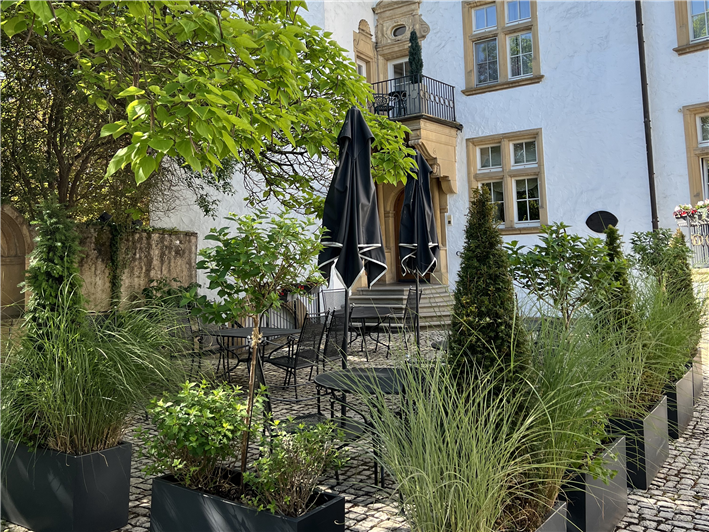

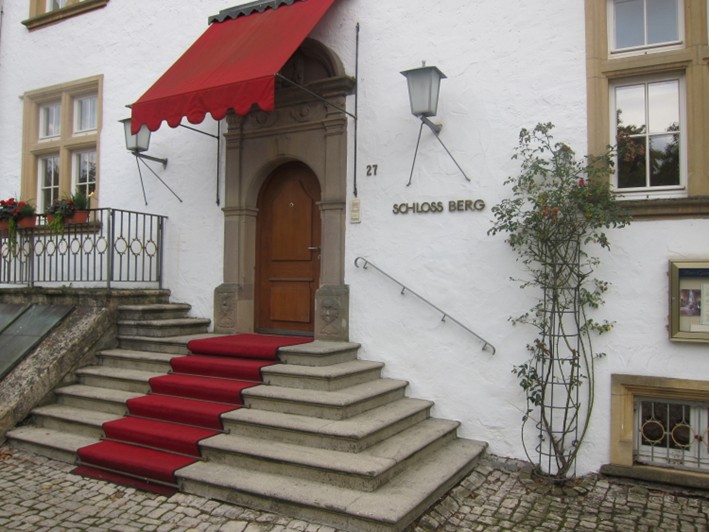




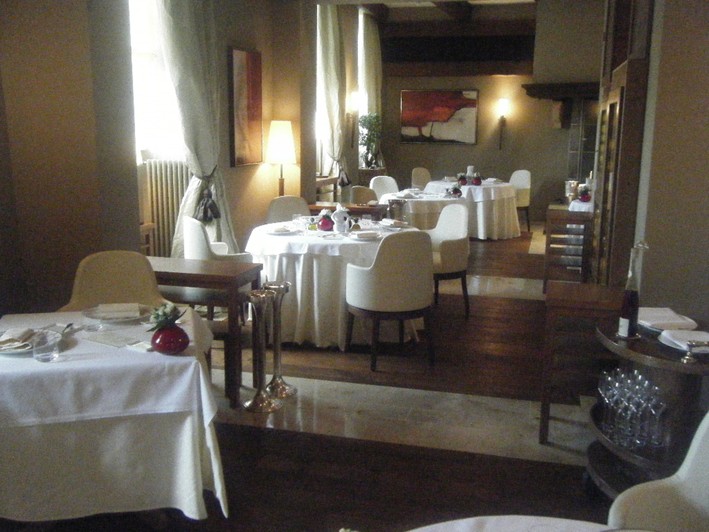

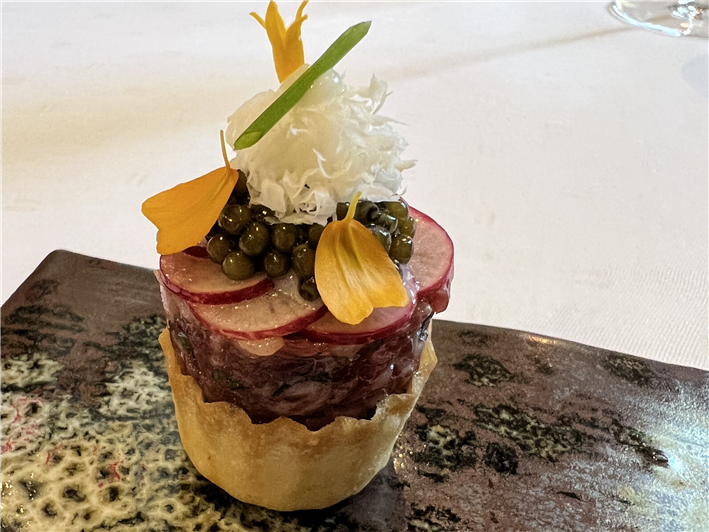
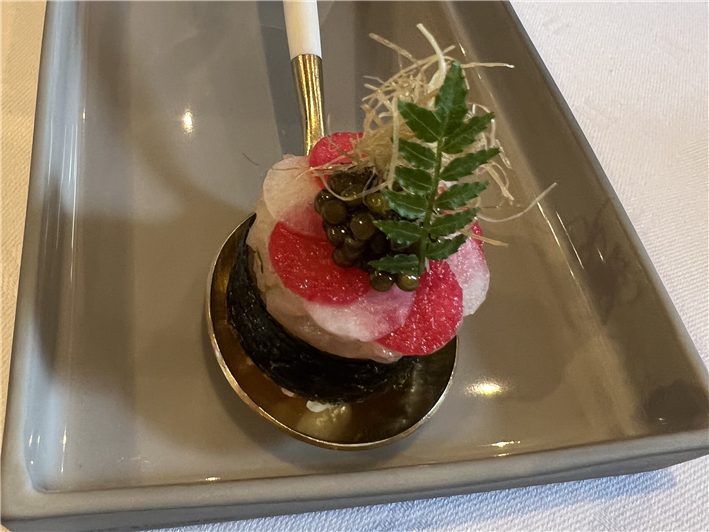

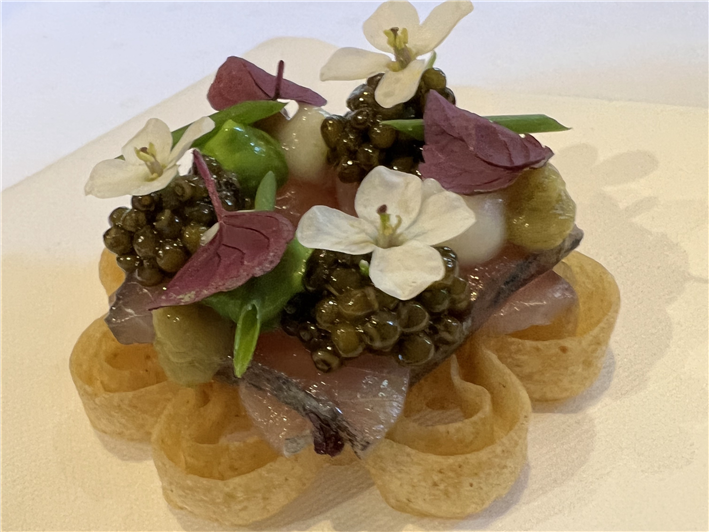
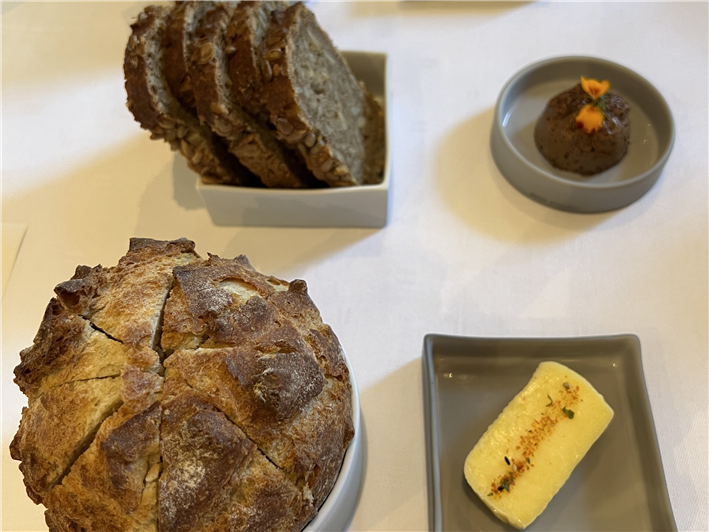
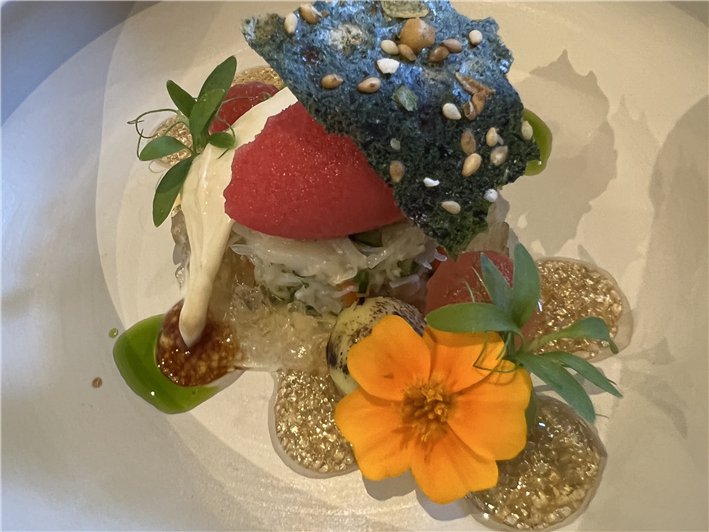

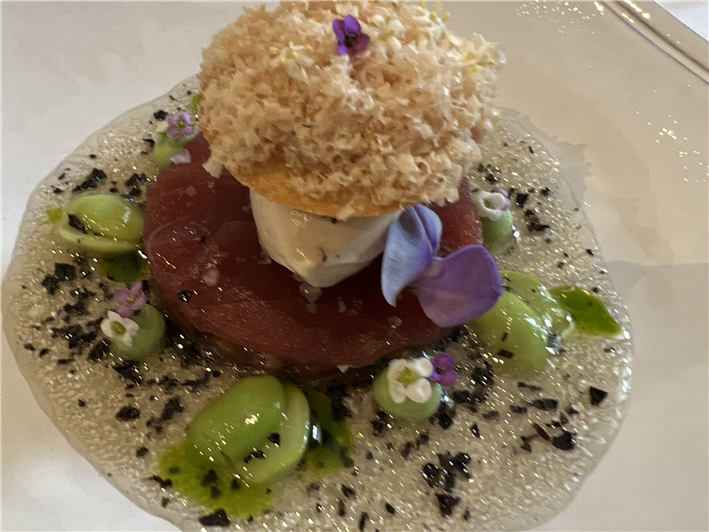
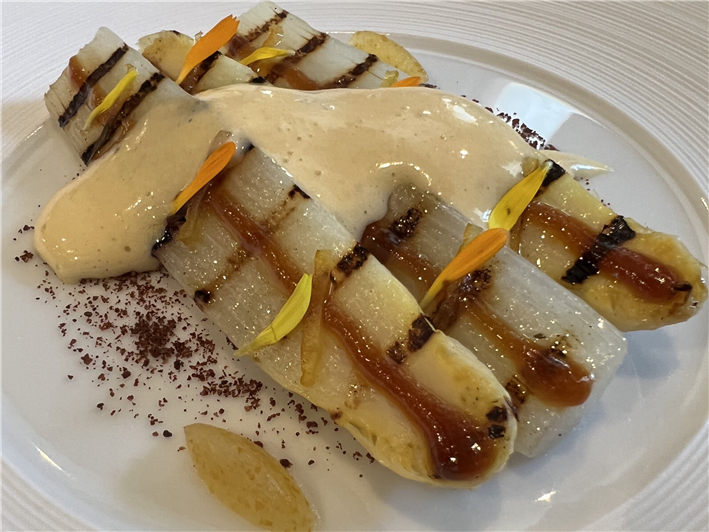
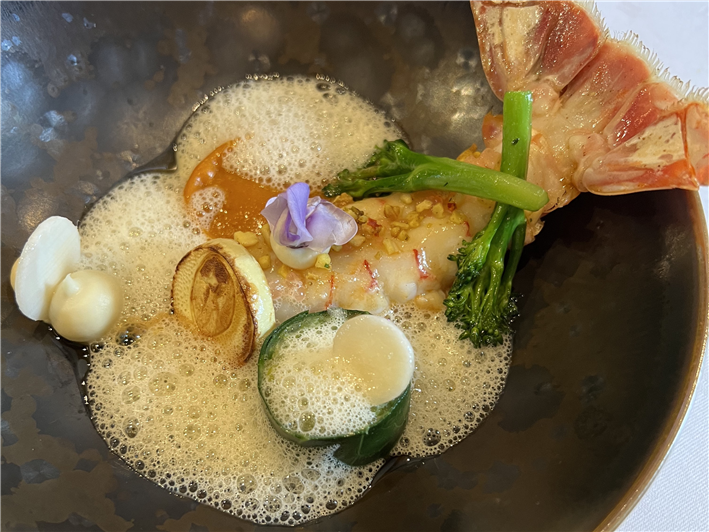
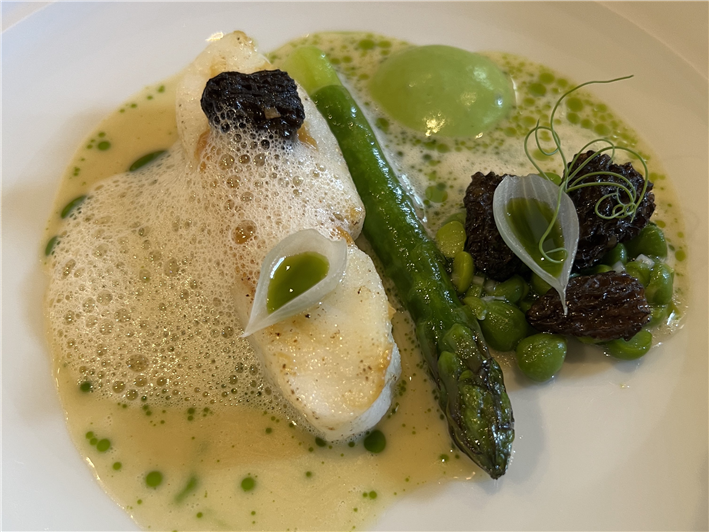
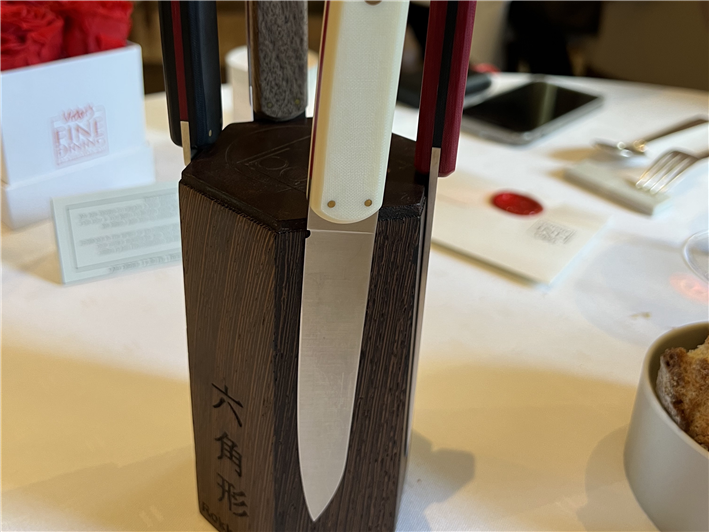
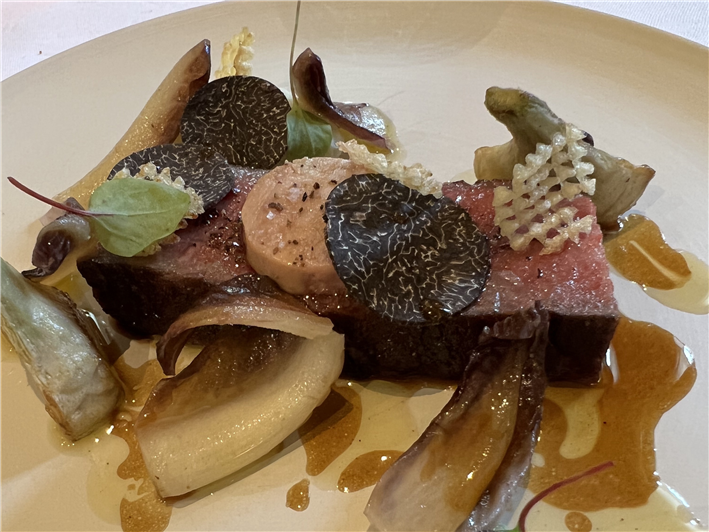
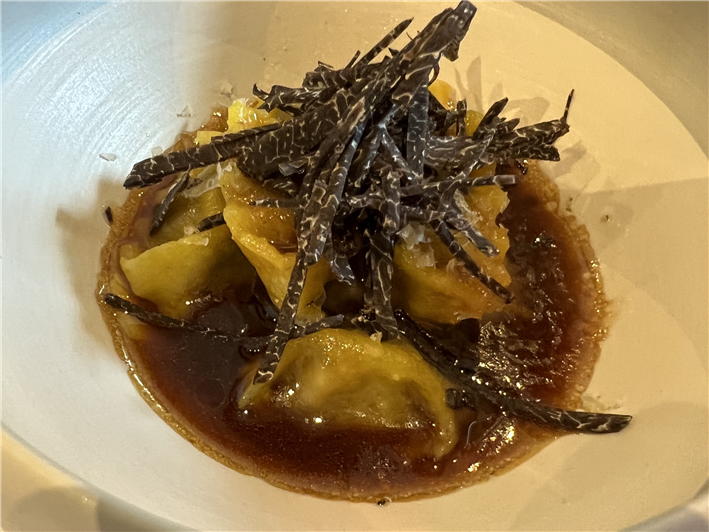
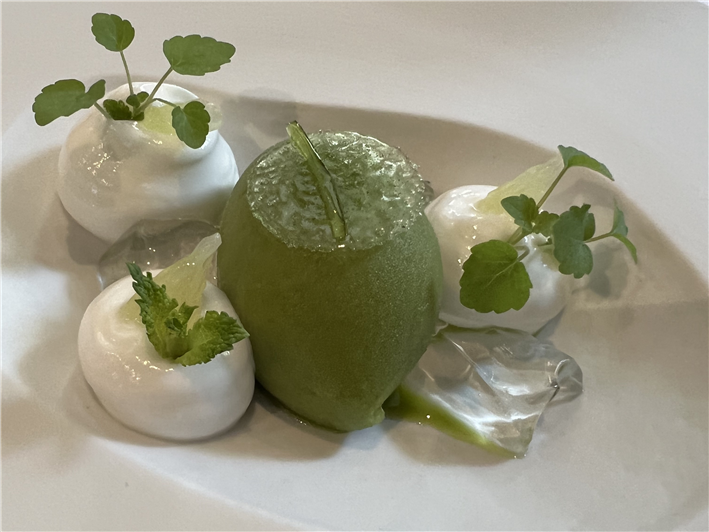

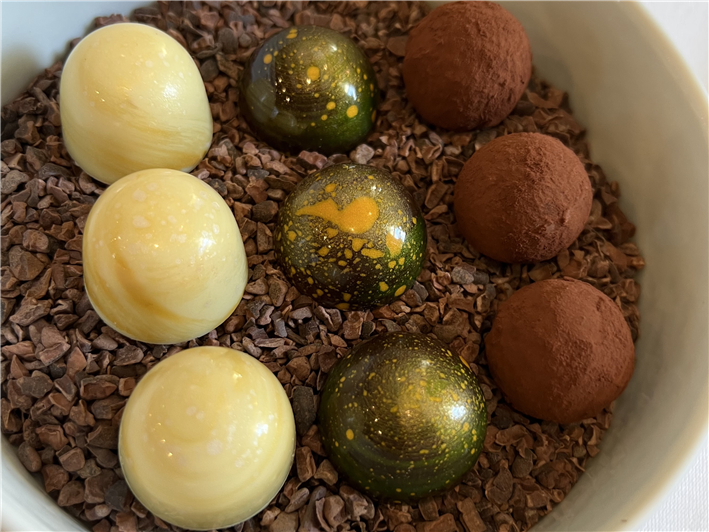

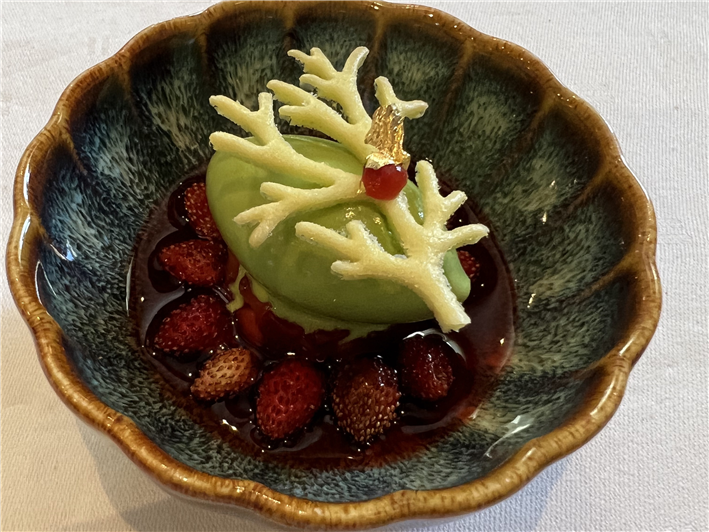


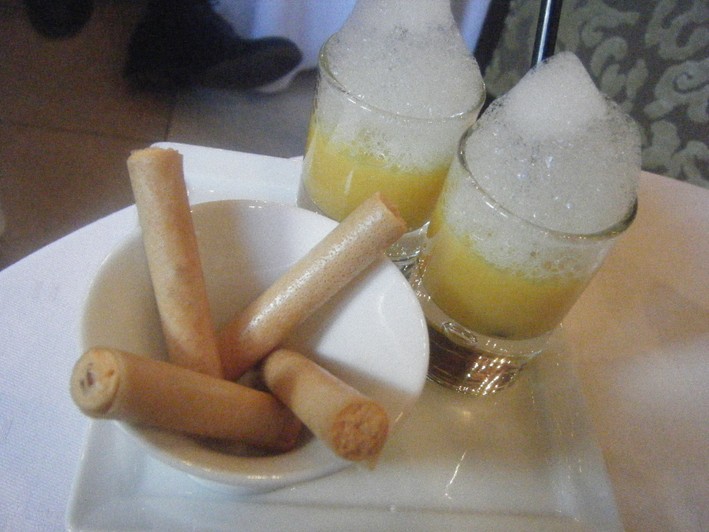
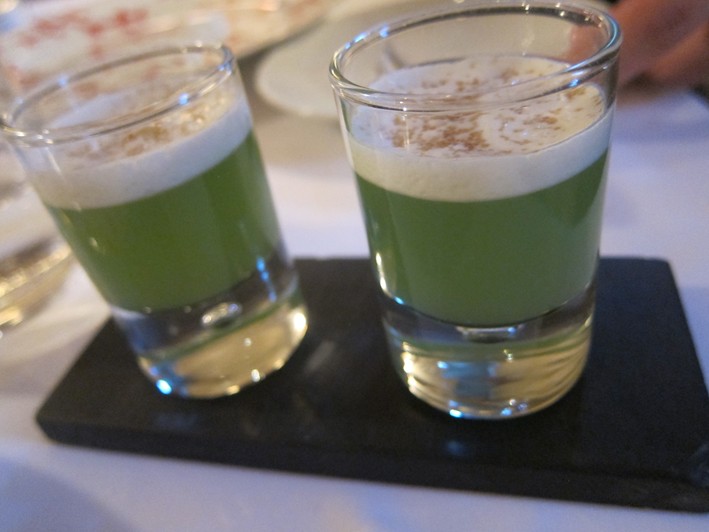
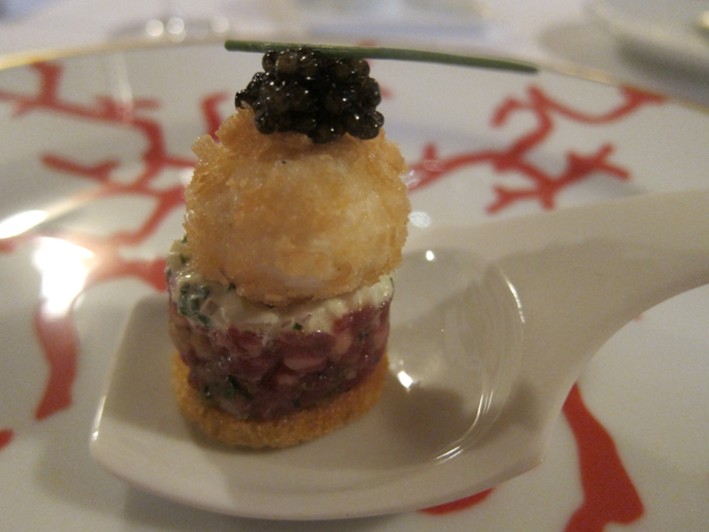
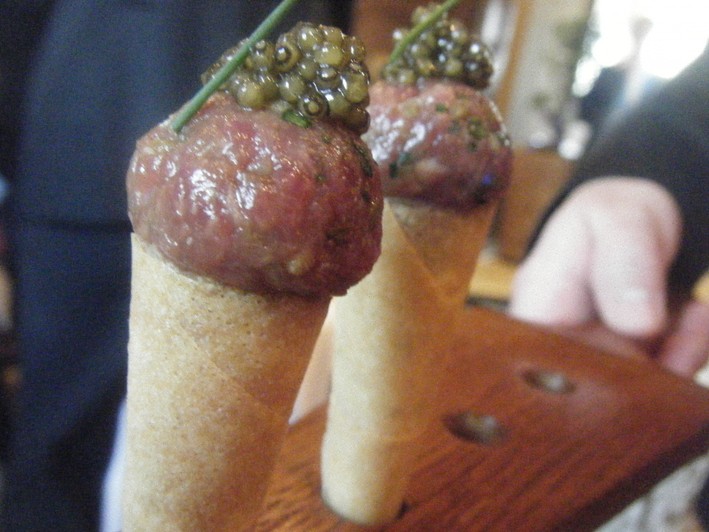

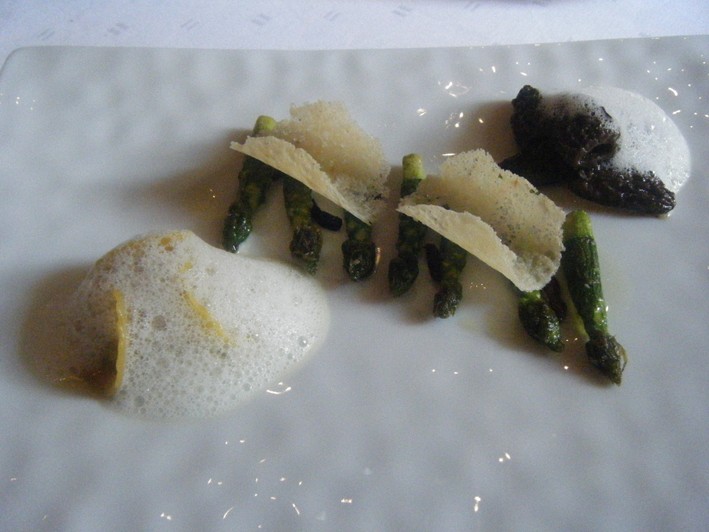
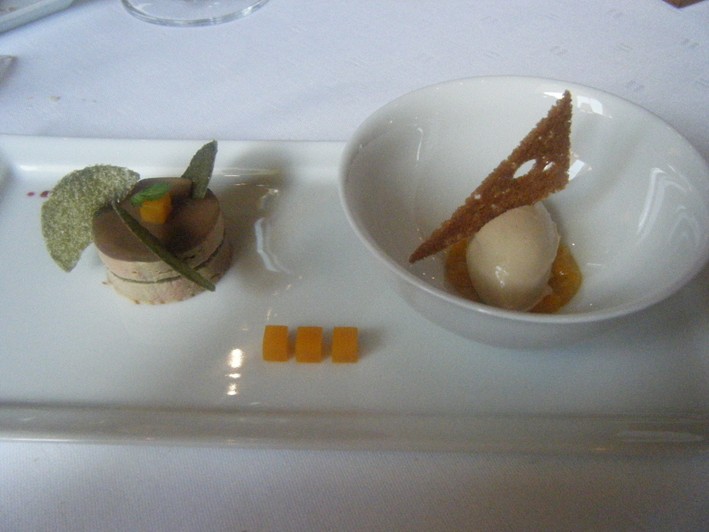

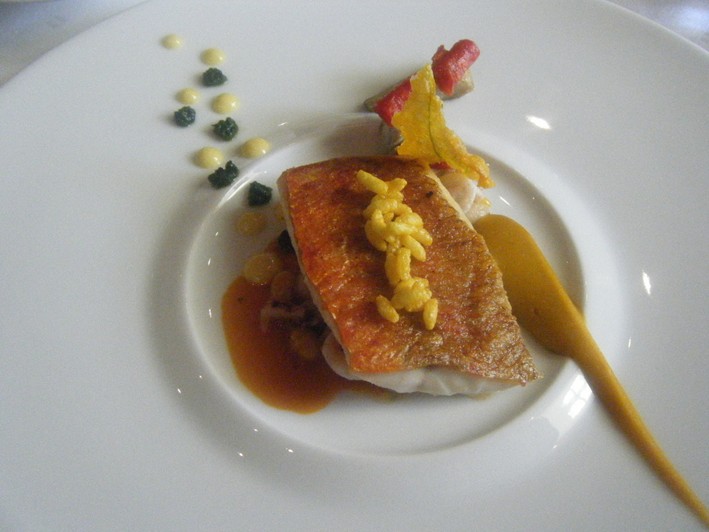
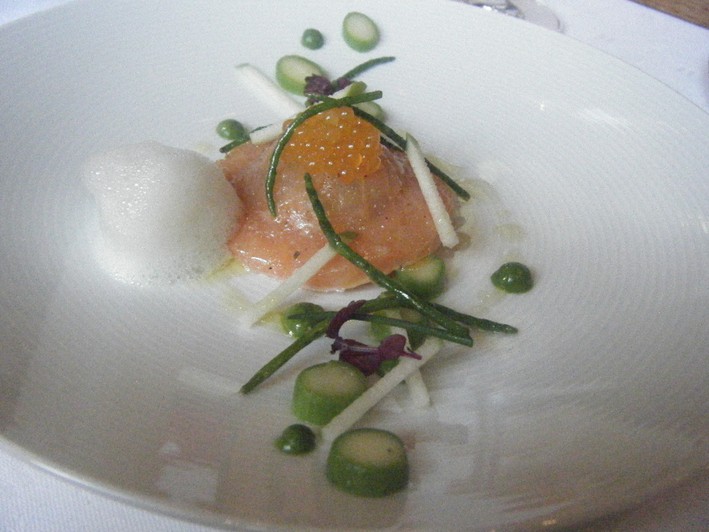

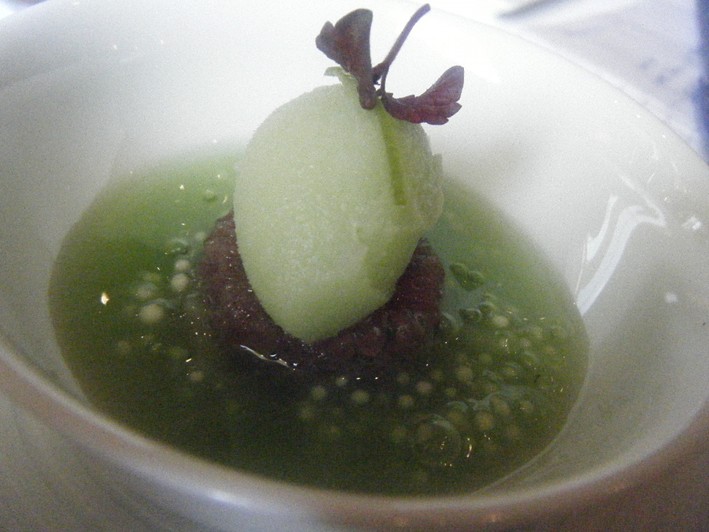
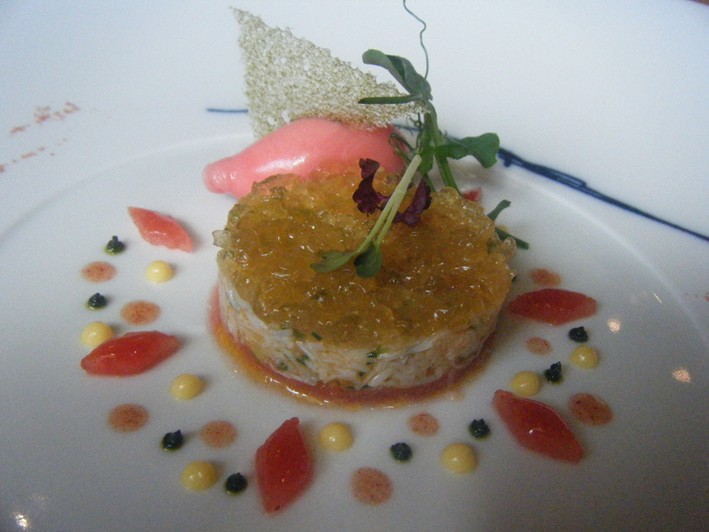
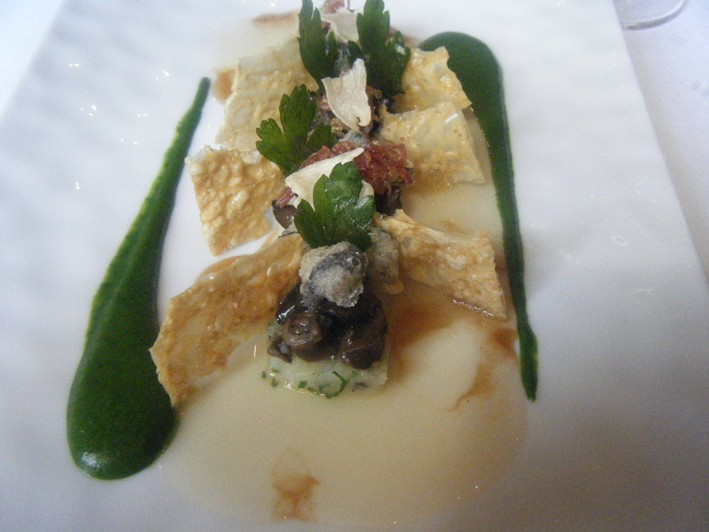

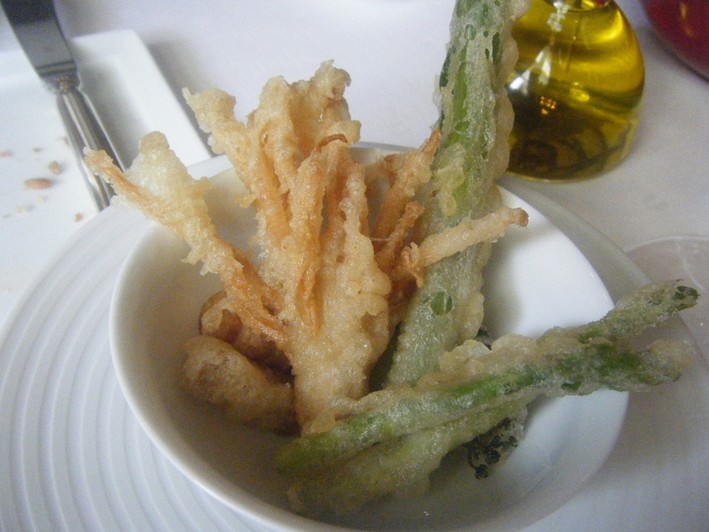
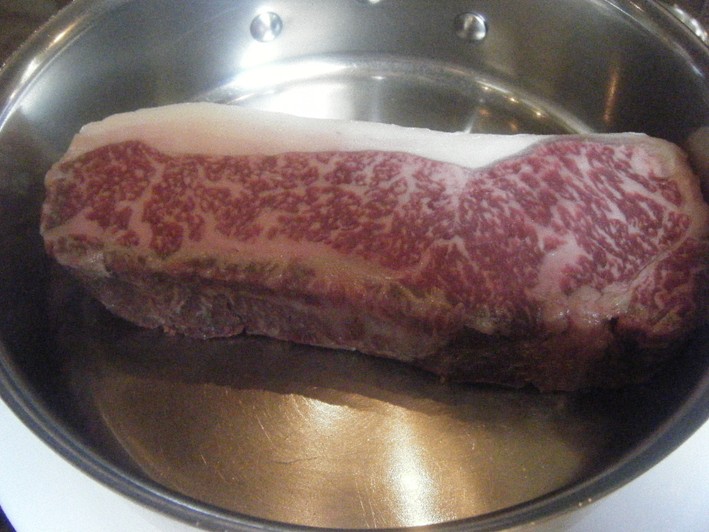
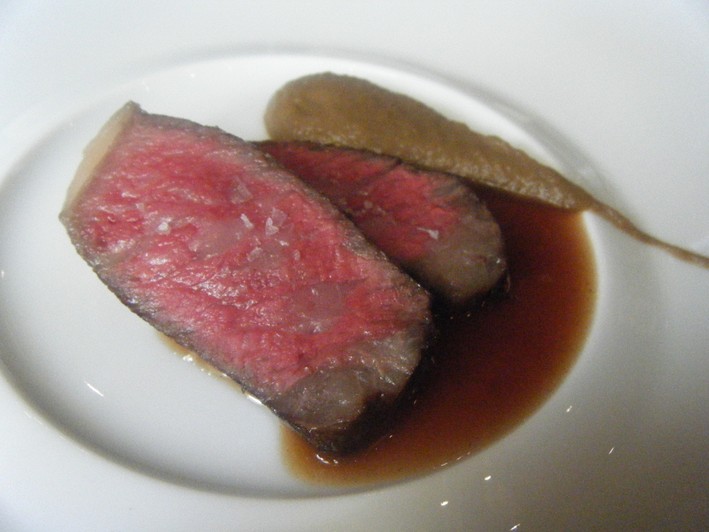
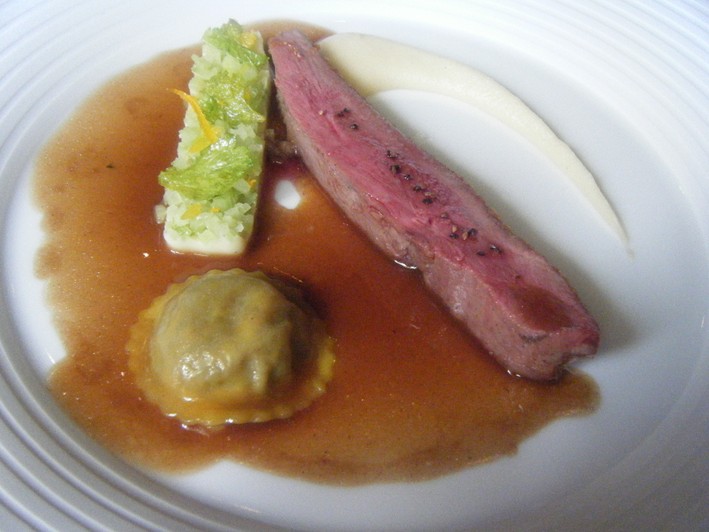
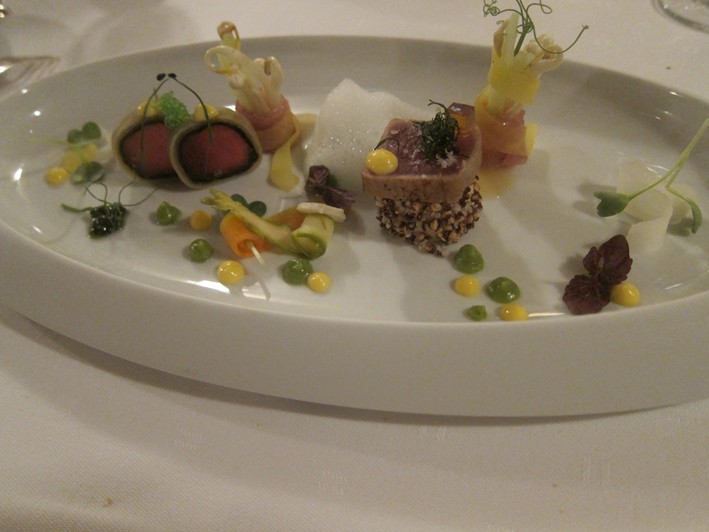
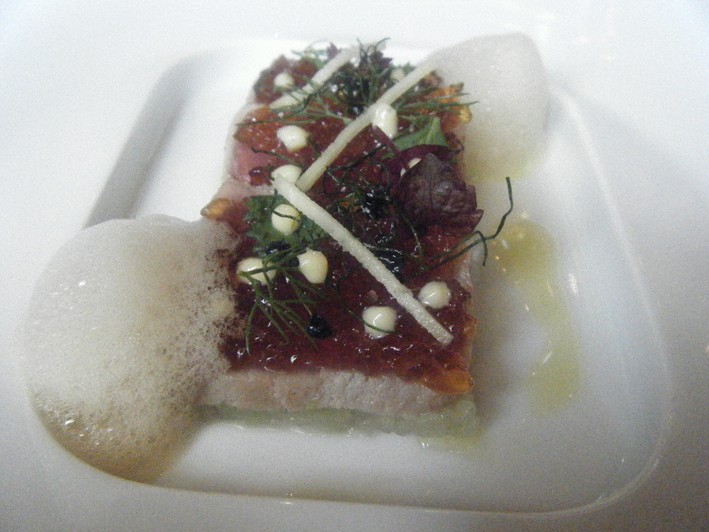
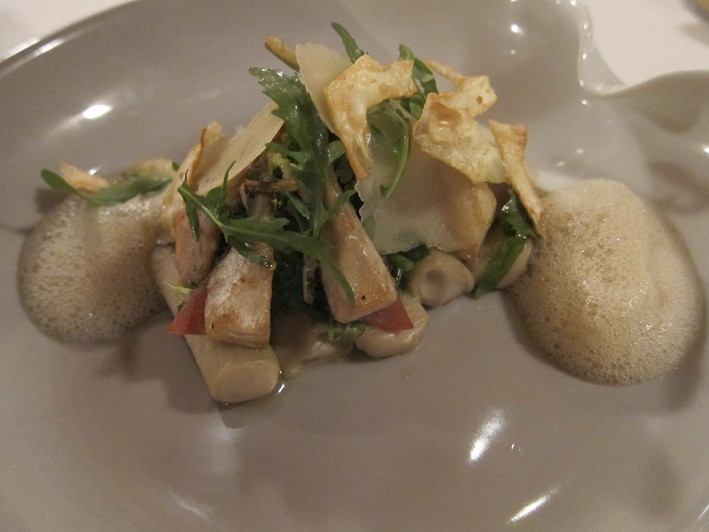


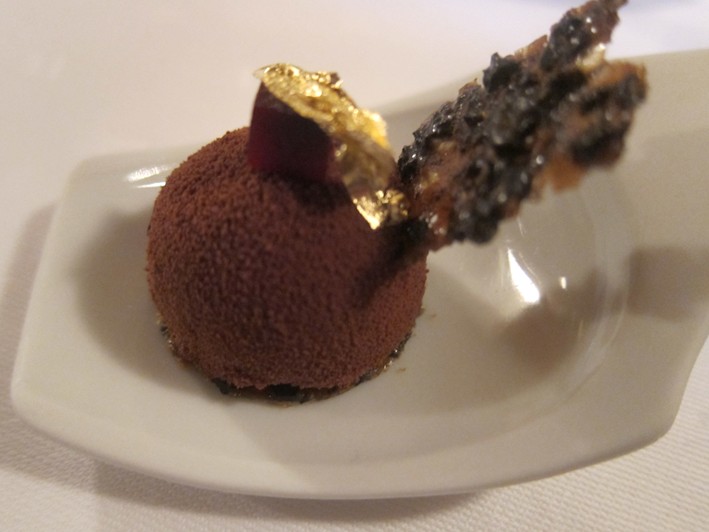
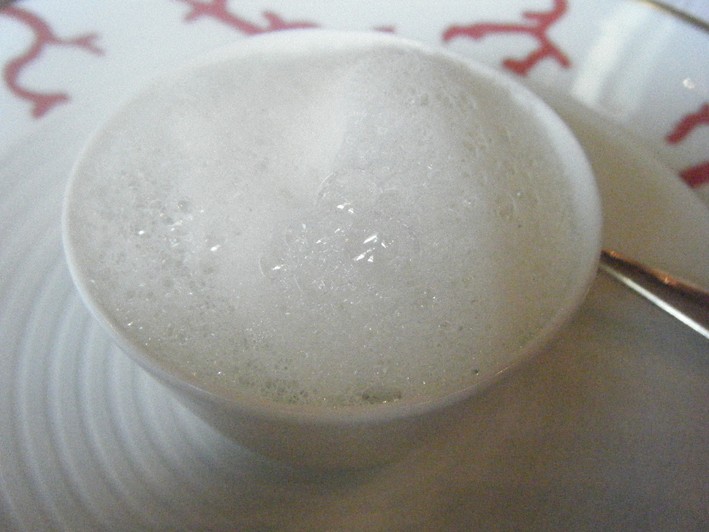
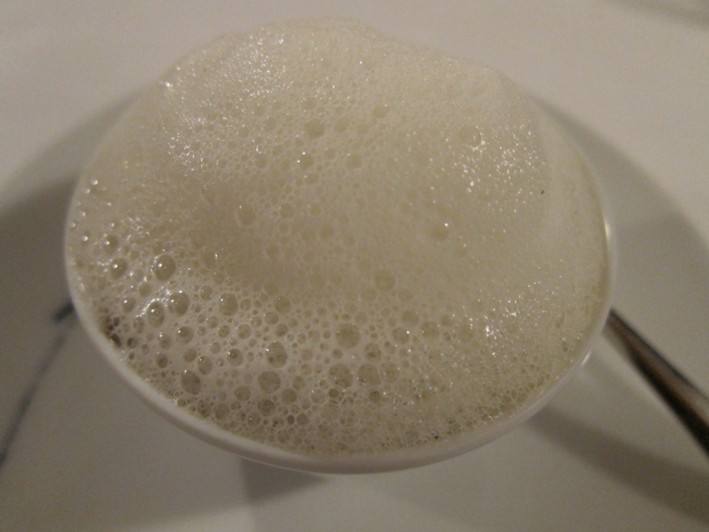
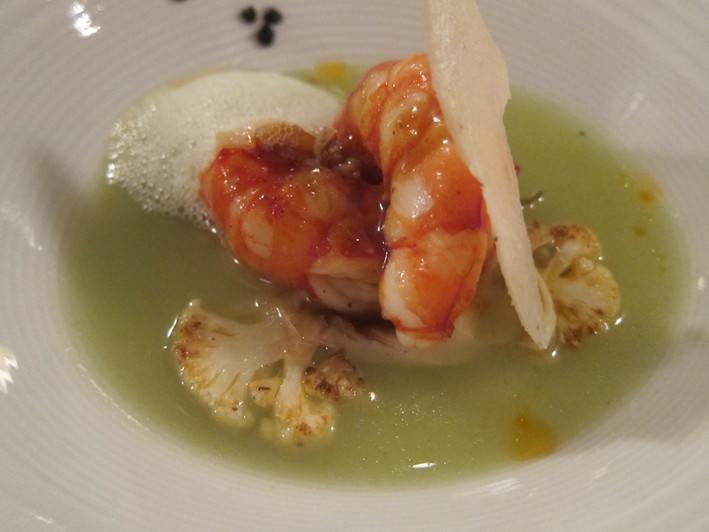

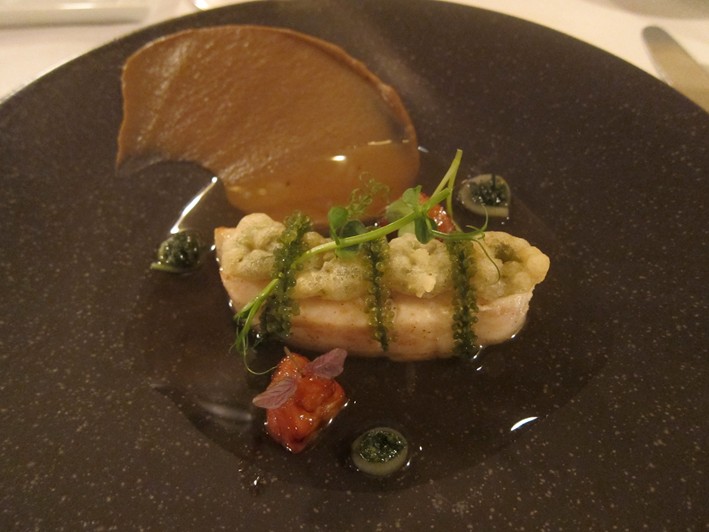
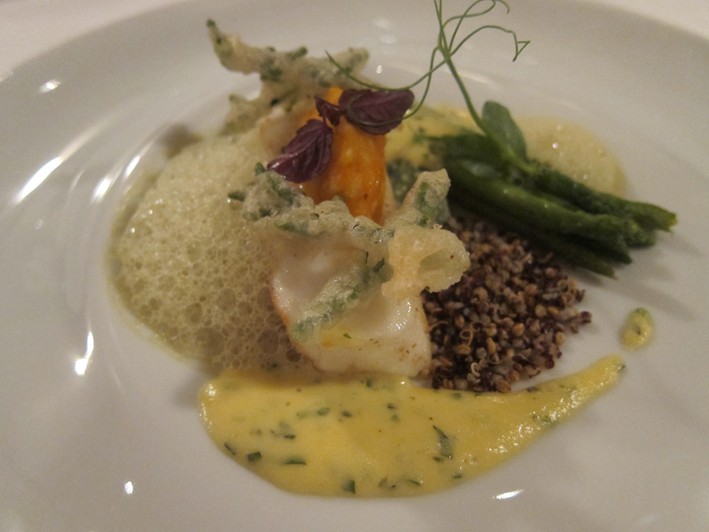
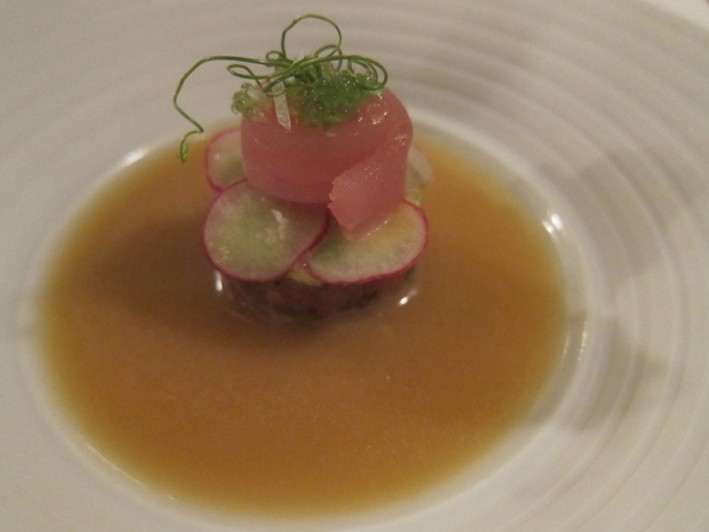
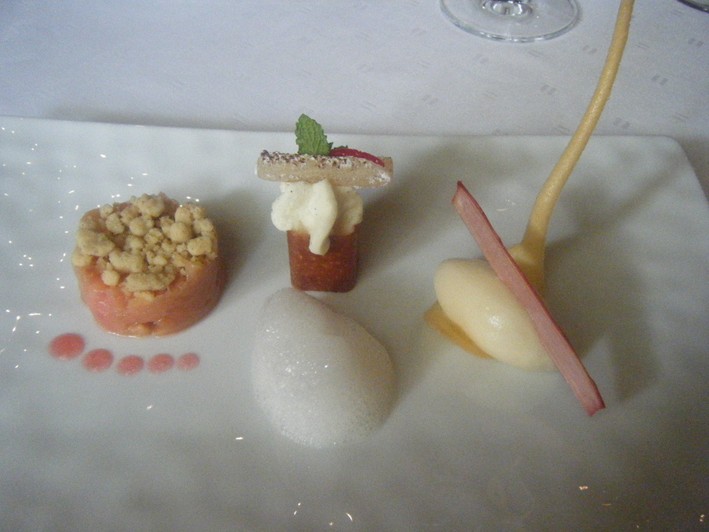
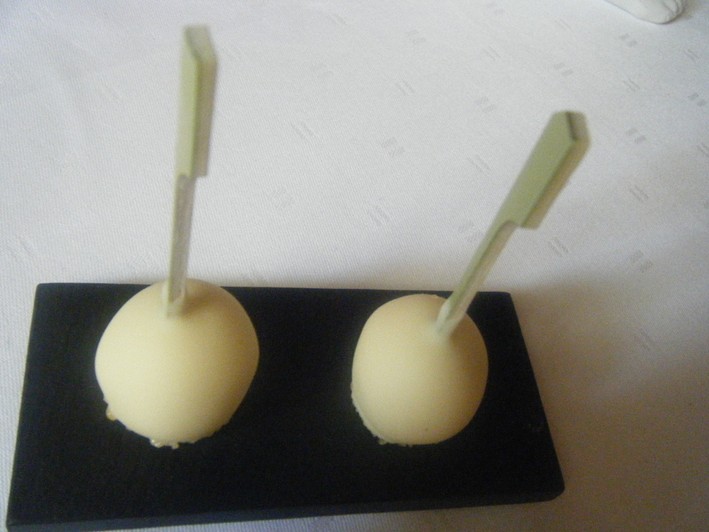


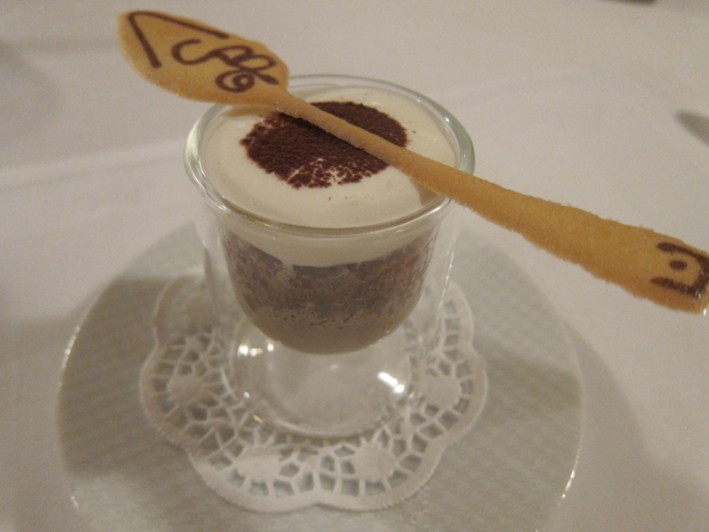




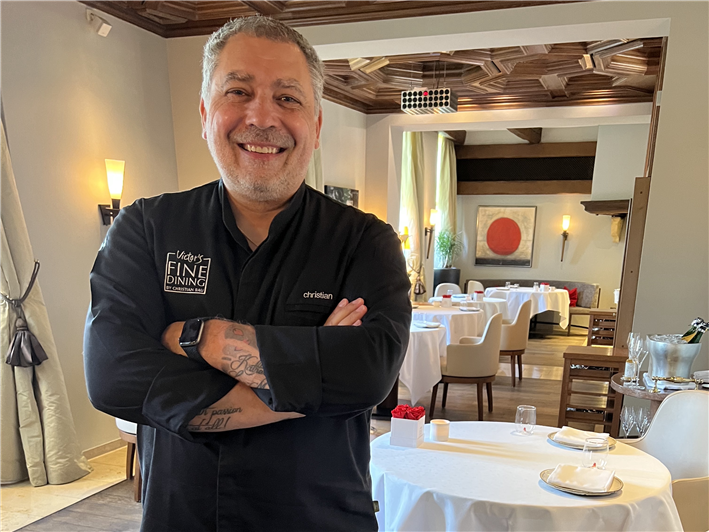

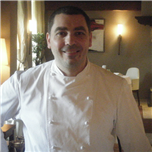
Markus Schmidt
Schloss Berg and Sonnora are among our favourite restaurants. Every time we are in Luxembourg, we visit one of them.... you're right, Christian Bau has the little extra....
Euan
Ian. I second your comment.
Roger Mill
Enjoy your thoughts every week Andy. Yes, Schloss Berg is the finest restaurant we ever dined at, and we're doubly blessed: it also happens to be our local! Greetings from Lux.
Ian Goldstein
Andy. Two incredibly well written reviews of these two evidently wonderful restaurants! I can almost taste the long list of superb ingredients in your writing. Thanks for leading me into temptation!